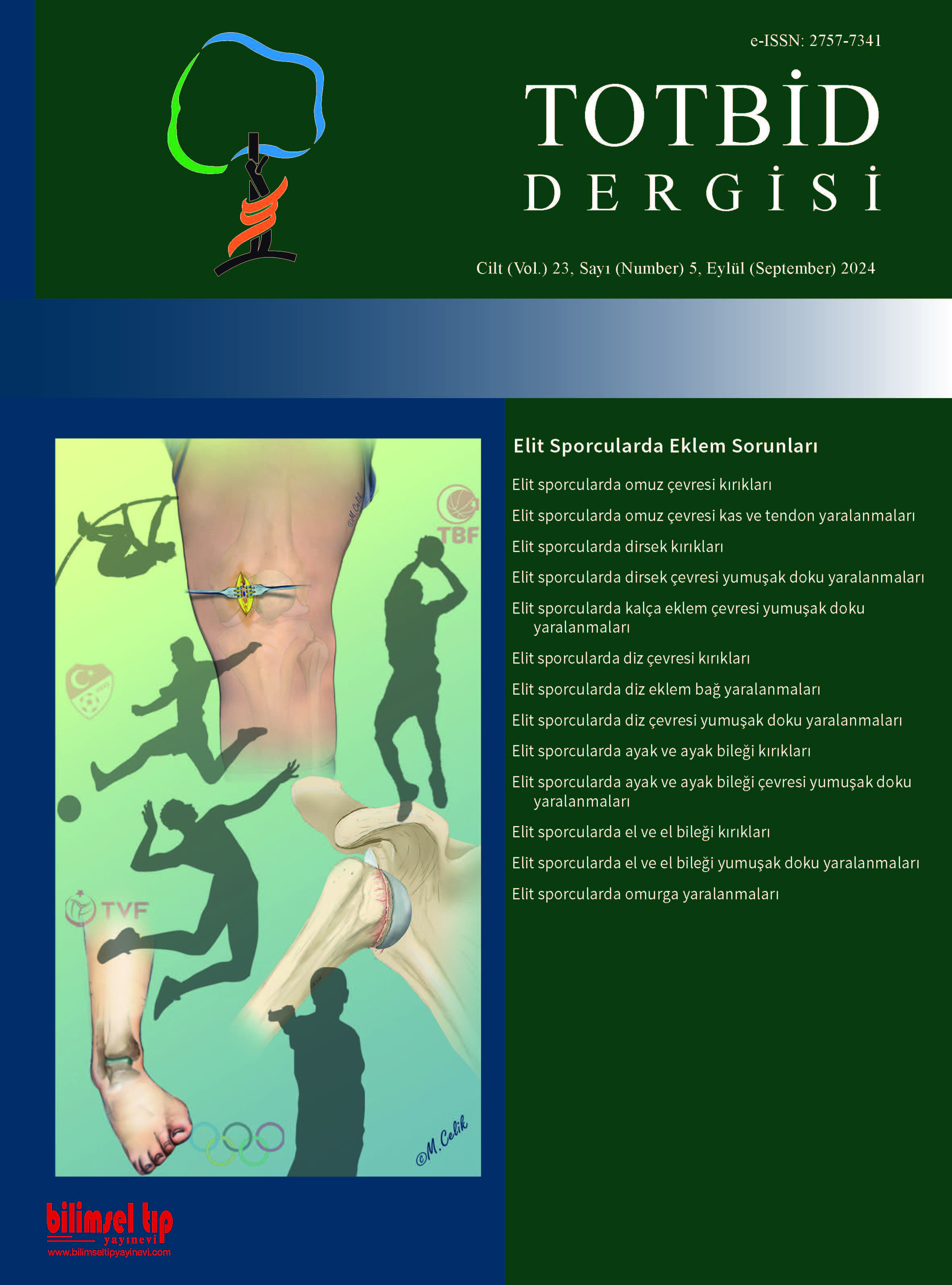
Shoulder girdle fractures, encompassing clavicle, scapula, and proximal humerus injuries, are of significant concern for athletes. These fractures typically result from high-impact trauma such as falls, collisions, or repetitive stress in contact sports. The integrity of the shoulder joint is critical for athletic performance, playing a key role in actions such as throwing, lifting, and striking. The treatment process ranges from non-surgical approaches to surgical intervention and requires timely diagnosis. Rehabilitation is an essential component of recovery, aiming to restore function and prevent re-injury. Shoulder fractures are prevalent among athletes, with clavicle fractures being the most common, accounting for approximately 4% of all shoulder injuries in elite athletes. Proximal humerus fractures, though less common, are significant in contact sports. The rate of shoulder injuries among athletes is noted to be 33 shoulder injuries per 1.000 exposure hours in overhead sports. Effective management and rehabilitation are crucial for ensuring a safe return to sport and supporting optimal performance. The shoulder joint, formed by the articulation between the humeral head and the glenoid, is stabilized by a combination of muscles, tendons, and ligaments. Athletes rely heavily on the shoulder for power, making it susceptible to injuries. Clavicle fractures are common in contact sports and activities involving falls. Non-displaced fractures are typically managed conservatively, whereas displaced and complicated fractures require surgical intervention. Proximal humerus fractures result from high-energy impacts such as falls or collisions, with treatment approaches varying based on the fracture type and severity. Scapula fractures, though rare, arise from high-energy trauma and treatment depends on the fracture type. In conclusion, managing shoulder fractures in athletes necessitates a specialized approach that considers the fracture type and the specific demands of the athlete. Advances in surgical techniques and rehabilitation protocols continue to improve outcomes, ensuring athletes can safely and effectively return to their sports.